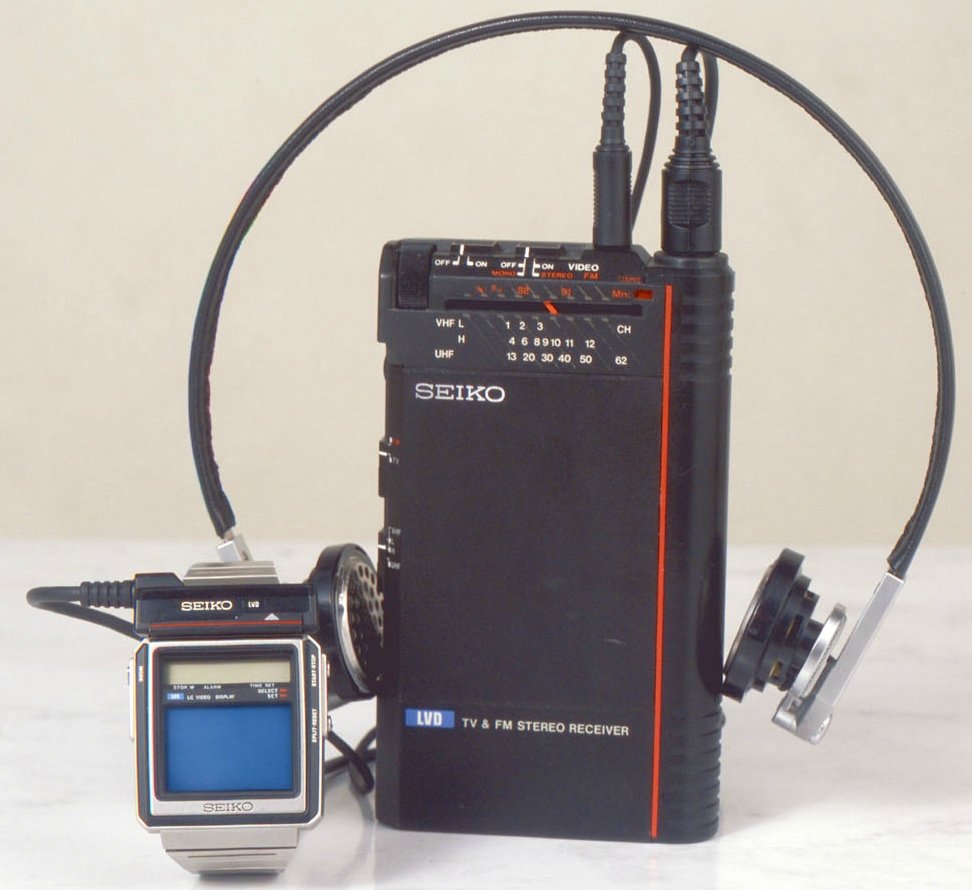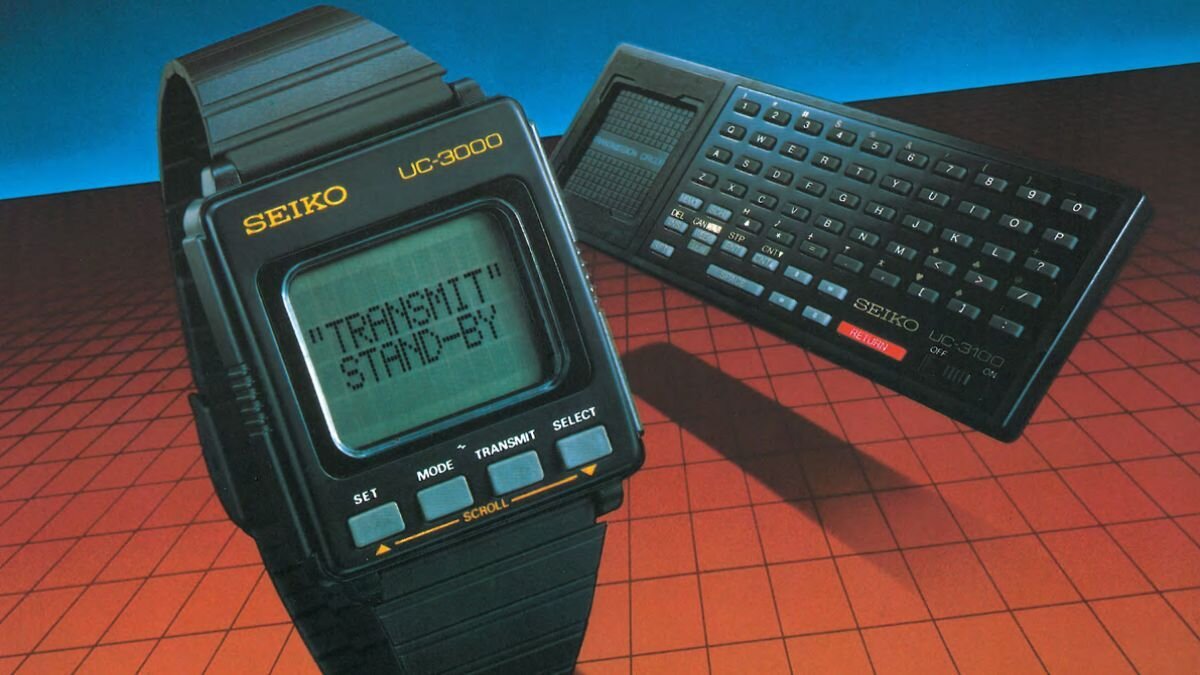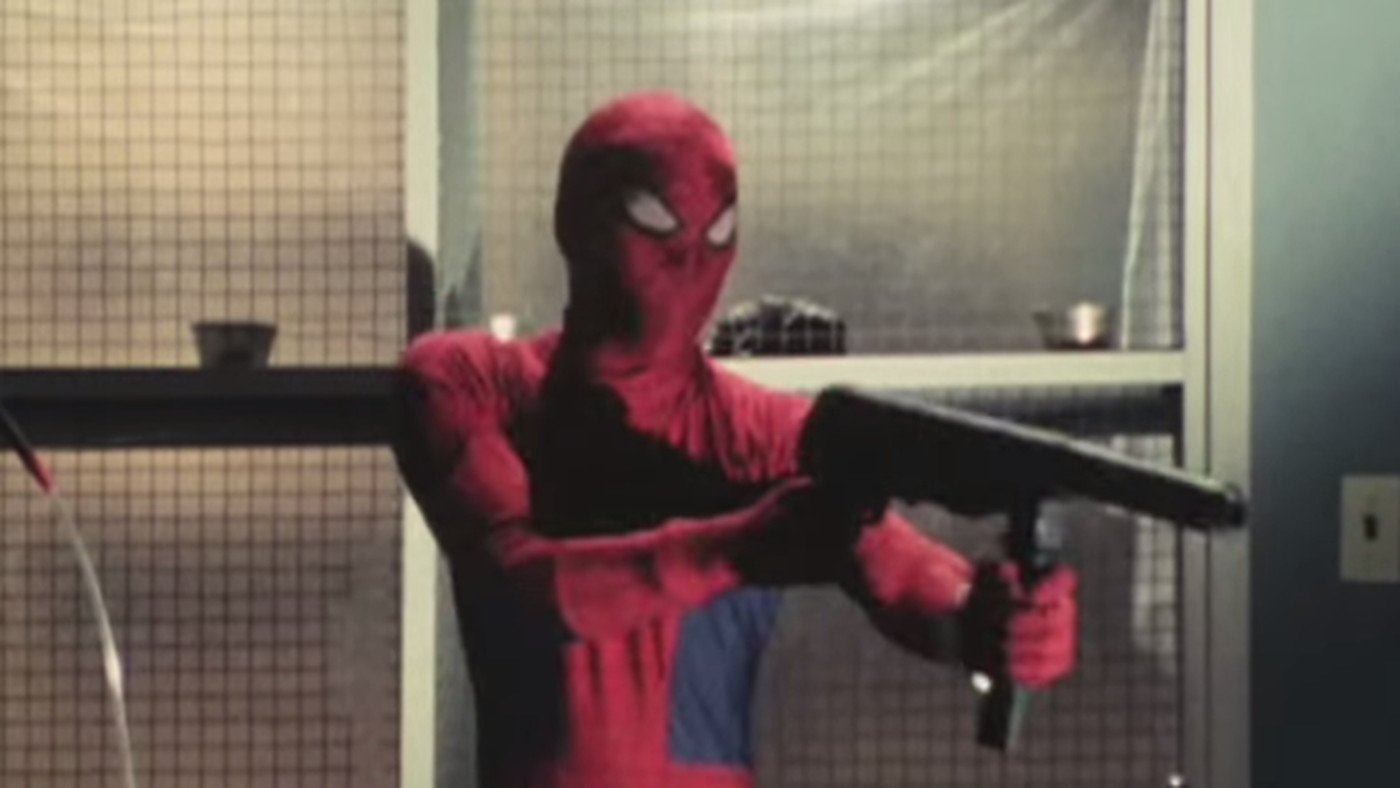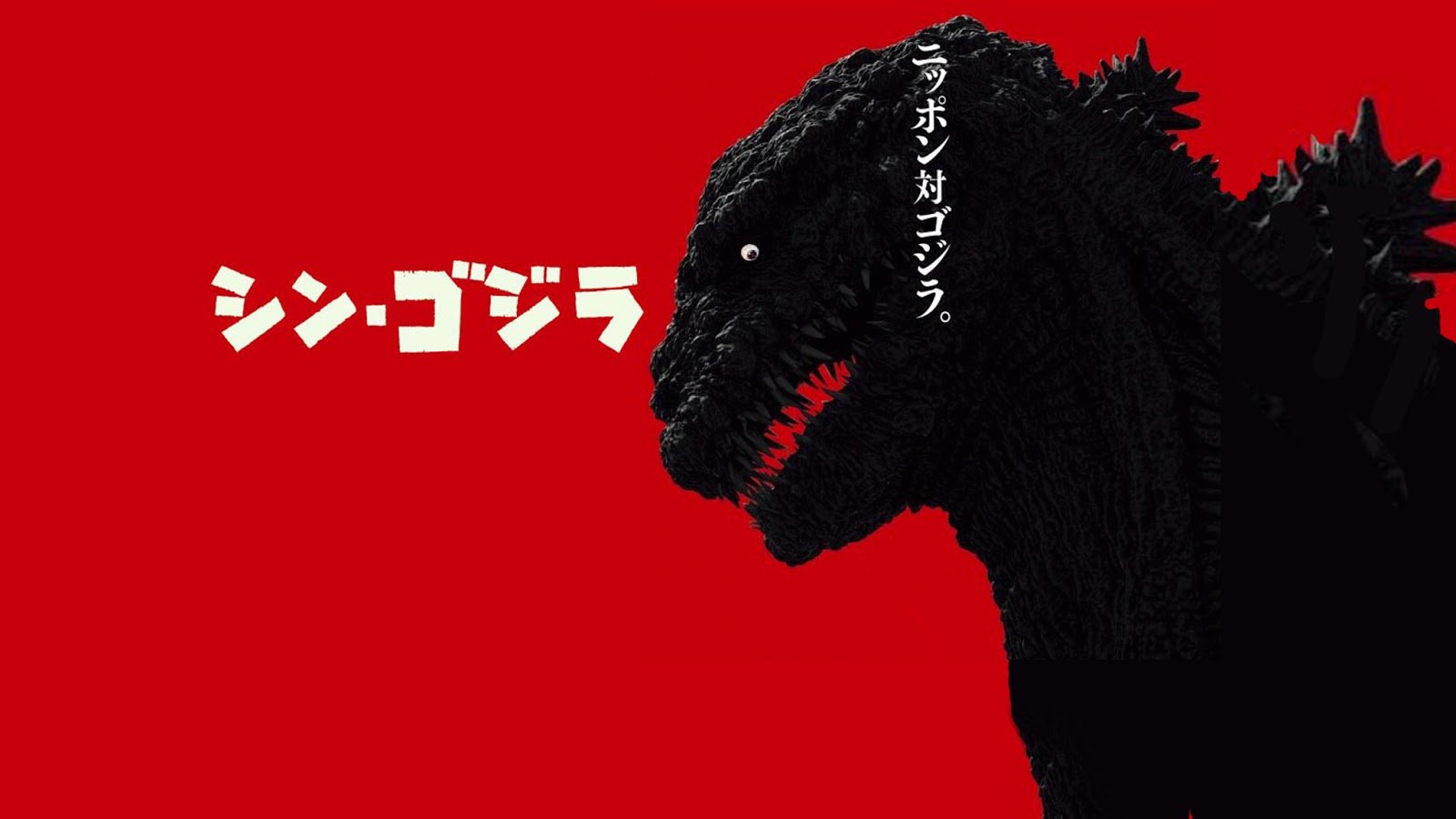The Watch For Which James Bond Gave Up His Rolex: The SEIKO TV Watch

In their 1984 issue, the Guinness World Records book listed the SEIKO TV watch as the “smallest TV in the world.”
Two years earlier, SEIKO presented the device to the world after spending millions of dollars on its development. As the name already has it, we are talking about a watch with a built-in TV. Years before, everybody would carry around a smart contraption in their pockets; the Japanese company offered an even better gadget for your wrist.
The very first model, DXA001, was only available to customers in Tokyo and Osaka for 108 000 JPY, and the second model, DXA002, was available in the whole of Japan at the cost of 98 000 JPY. These two Japan-exclusive versions only differed slightly in the design of the case and the headphones. Starting from 1983, the watch was also available in the US. SEIKO brought the second version under the name of T001-5000 to an overseas audience. While this version is almost impossible to find nowadays, its successor, T001-5019, can be found for 300 to 500 dollars.
The SEIKO TV watch consists of a 1.2-inch liquid crystal display screen set in a standard digital watch. The tiny TV can receive all UHF and VHF channels via an external receiver, connecting to the watch via a cable and connector. In its original function, the watch can be used as a timer and alarm, while the special features also include UKW radio in stereo quality.
The watch gained global popularity when James Bond wore it in the 1983 movie Octopussy. When in India, Bond notices the Seiko TV watch in Q's lab just after he tested the tracking device on his Seiko G757 Sports watch. Bond asks him “What's that?”, to which Q replies: “Oh, that's the latest Liquid Crystal TV.”
After zooming in on the bosom of one of the women working at the lab, Bond comments in 007-like-chauvinistic-manner: "Perfect image, Q.” In the movie, you can see an earlier prototype of the watch, where the logo and the connector are different from the versions sold. The filmmakers also pretend that the watch would have a color screen, which unfortunately was not the case on the real watch.





